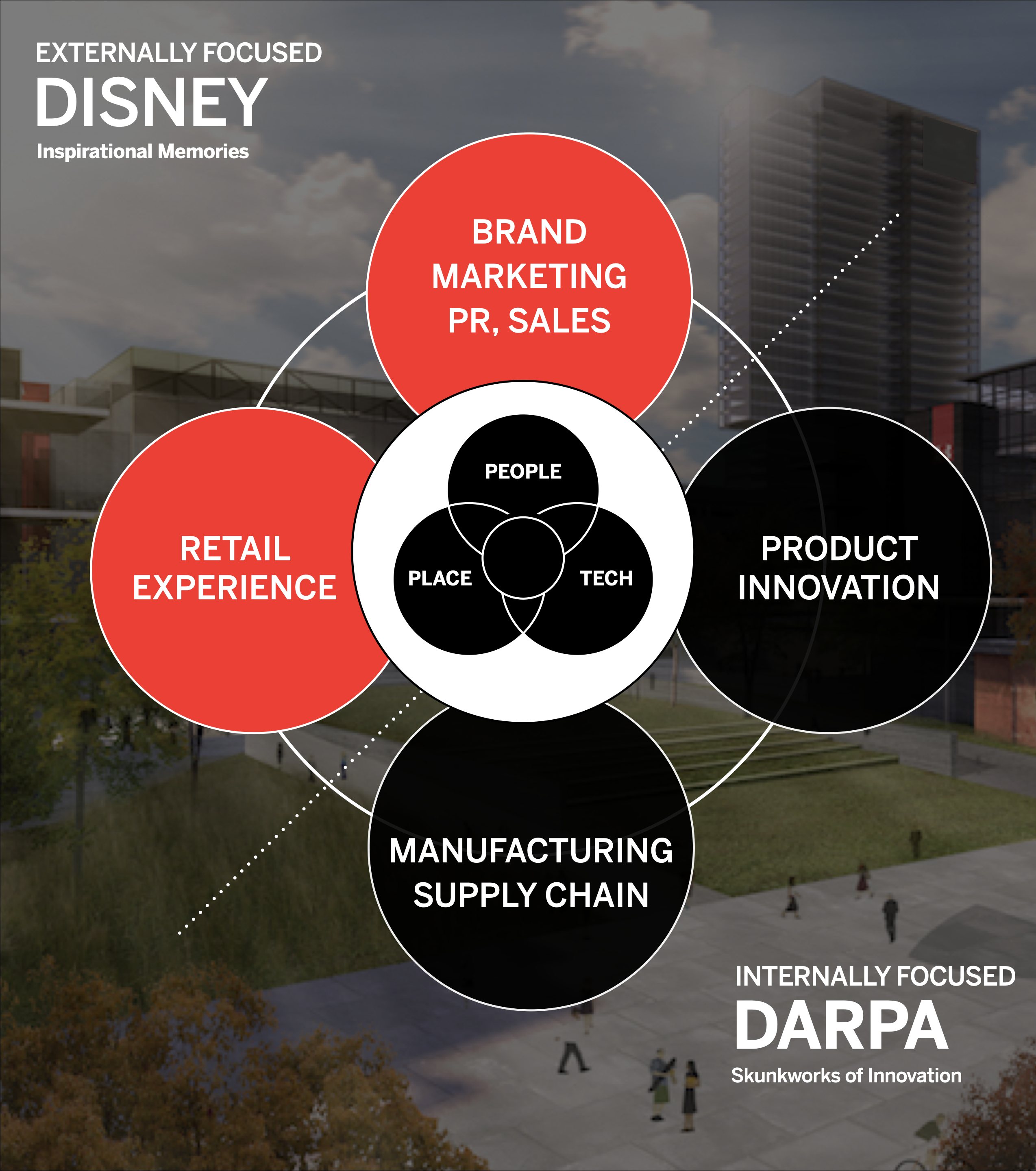DESIGN
Experiences
-
Frog Design (2016-2019)
- Princeton University (2019-Present)
- DoD(Afghanistan & Rapid Prototyping) (2010-2011)
Skills
- Human Centered Design
- Design Strategy
- Teaching
- Technology Strategy
- Scenario Planning & Futurecasting
I define design as the implementation of innovation under specific constraints: the creation of an object, service or experience that can be delivered and that people want to use. Design is closely related to creativity (thinking differently) and innovation (getting a group to adopt a new practice).
Much of my career has been focused on designing innovative (new) things: organizations, products, processes, experiences, and markets. Design often incorporates a creative problem-solving methodology, like agile design or human centered design, depending on the availability of user feedback and how well defined the problem you are trying to solve is.
Good design is about simplicity, benefit, and intuition. A good design can result in beautifully created things, but design can also be quiet, causing you to not even realize a certain kind of functionality or symmetry was there, because what happens just makes sense. While my tech experience is more analytical, my design work focuses more on the human experience, and often focuses the integration of artificial intelligence and related capabilities into design.
Designed a high-performance, digitally-connected future campus which anticipates and amplifies the experience of its occupants
A High Performance, Digital Teammate
Our work between 2016 & 2017 focused on identifying opportunities where near-term experience projects can bring immediate value to the campus while at the same time developing the global retailer’s capability to bring the future vision of digital connectivity to life.
After research and future casting workshops, we developed a design framework that would align the key ingredients of innovation: the people, places and technology that would allow the company to live 18 months into the future in order to create and sustain a competitive advantage in the market.

The Campus As a Value-Creating Asset
1. Mobility. The flow of people in and around the global campus network, allowing seamless access and meaningful transitions that support core values of the company.
2. Content. Data collection and fusion to deliver contextually relevant information that amplifies teammate and guest experiences and drives business value (not just content to screens).
3. Collaboration. Fostering the ability for teammates to collaborate across the globe without friction, in the spaces they choose, using the devices they choose.
 Our team developed three employee journeys: one 18 months from, one five years, and one ten years into the future.
Our team developed three employee journeys: one 18 months from, one five years, and one ten years into the future.Experience Initiatives & Technical Roadmap
Each of these initiatives were also made up of a number of technical capabilities that the company would need to develop to bring the experiences to life, and a 5-year technology roadmap optimized to deliver short-term value and optionality.
Finally, all of this was organized around a three phase strategy: a foundational phase that would align the organization around initiatives, an experience design and prototyping phase to create learning while socializing new experiences, and a capability development phase that brought the future campus to life.


